Access resources to learn about cyber risk management, security ratings and how to minimize cyber risk.
Resources.
Access resources to learn about cyber risk management, security ratings and how to minimize cyber risk.
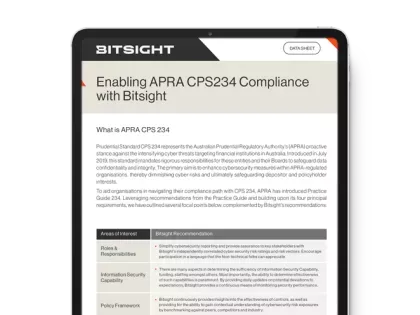
This data sheet outlines how Bitsight can drive APRA CPS234 Compliance for your organization.
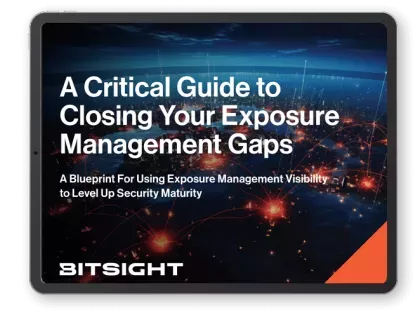
This guide highlights why top CISOs value exposure management for improved prioritization, transparency to boards/CEOs, and direct report accountability.
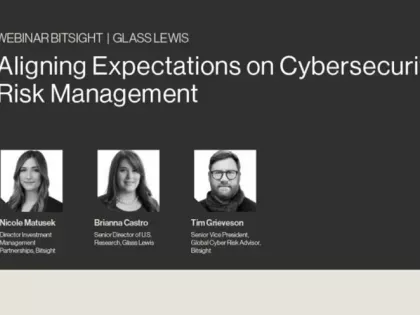
With the U.S. SEC cybersecurity disclosure regulations in effect, how are corporate executives and institutional investors aligning their expectations on cybersecurity risk management? Watch this webinar to find out.
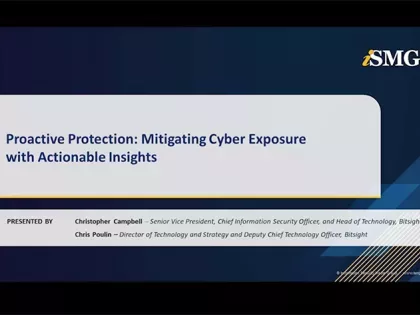
Are you up to date on recent cybersecurity events that have shaped the threat landscape so far in 2024? Watch this webinar and start getting ahead.
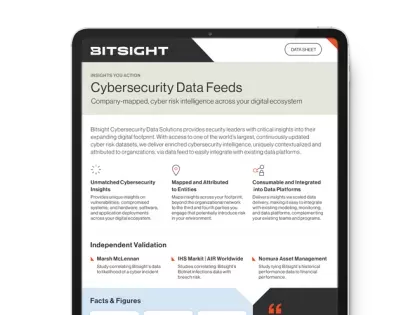
Bitsight Cybersecurity Data Solutions offer unparalleled data insights into your digital ecosystem's risk landscape.
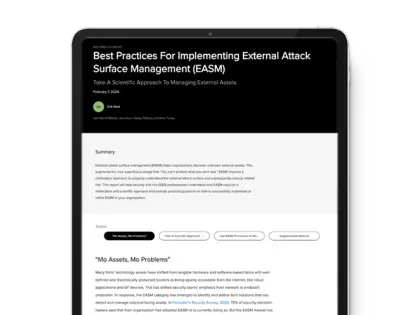
This report will help security and risk (S&R) professionals understand why EASM requires a methodical and scientific approach and provide practical guidance on how to successfully implement or refine EASM in your organization.
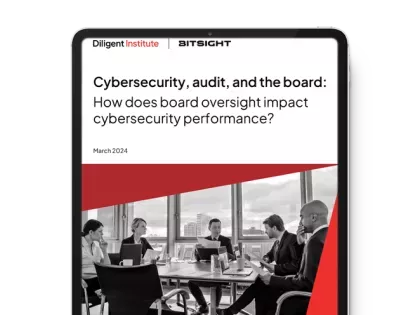
Security Performance Management
Bitsight and Diligent explore how boards are dealing with increasing cyber risk and whether there's a link between cybersecurity and financial performance.
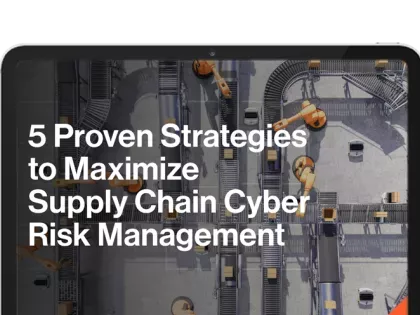
Budget cuts, growing vendor ecosystems, yet the stakes skyrocket. It’s a familiar script. But what if you could flip the script? These 5 strategies will help.
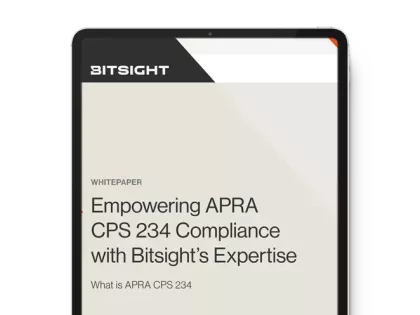
See how Bitsight enables organizations to systematically lower cyber risk by supporting critical workflows across risk, performance, and exposure when it comes to Prudential Standard CPS 234.
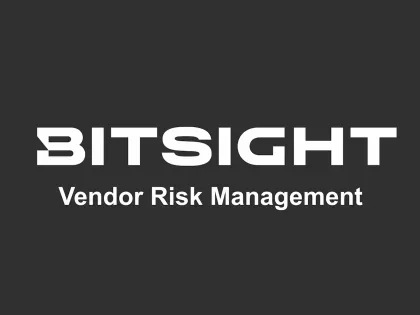
Watch this video walkthrough and embark on a journey towards faster, easier, and evidence-based vendor risk management.
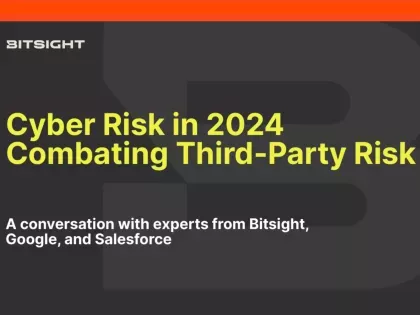
Security Performance Management
The state of cybersecurity is becoming increasingly complicated, with economic uncertainty and new regulations only creating new challenges.
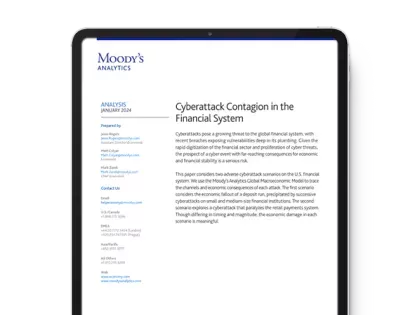
This report discusses how cyberattacks on the financial system expose vulnerabilities amid rapid digitization, posing a serious risk to economic stability.
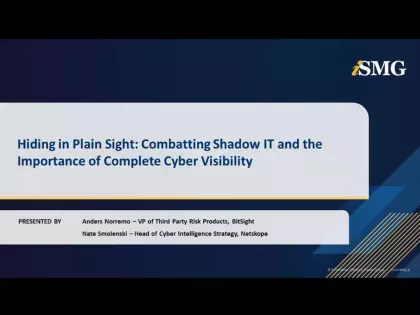
Watch this webinar to hear a discussion about Shadow IT and other hidden risks that could be lurking within your organization.

With insights from cybersecurity thought leaders, this is your guide to understand, manage, and mitigate the risks posed by Shadow IT.
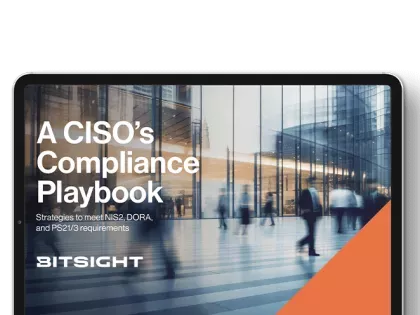
This playbook offers helpful definitions, practical advice, and recommendations from our global team of cyber risk advisors to use throughout your journey towards regulatory compliance.